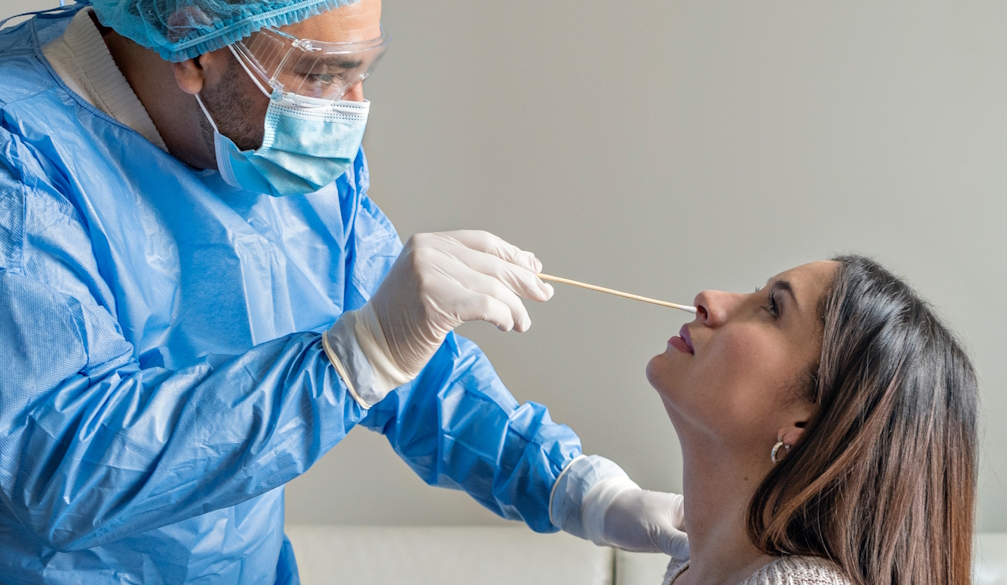Too many Australians miss out on essential medical care every year. Here’s how to fix ‘GP deserts’
- Written by Peter Breadon, Program Director, Health and Aged Care, Grattan Institute

Some communities are “GP deserts”, where there are too few GPs to ensure everyone can get the care they need when they need it. These communities are typically sicker and poorer than the rest of Australia, but receive less care and face higher fees.
At the 2025 federal election, all parties should commit to changing that. The next government – whether Labor or Coalition, majority or minority – should set a minimum level of access to GP care, and fund local schemes to fill the worst gaps.
People in GP deserts miss out on care
About half a million Australians live in GP deserts. These are communities in the bottom 5%[1] for GP services per person. Most GP deserts are in remote Queensland, Western Australia and the Northern Territory, and some are in Canberra.
People in GP deserts receive 40% fewer GP services[2] than the national average. This means less of the essential check-ups, screening and medication management GPs provide.
Nurses and Aboriginal health workers help plug some of the gap, but even then GP deserts aren’t close to catching up to other areas.
And some people miss out altogether. Last year, 8% of people older than 65 in these areas didn’t see the GP at all, compared to less than 1% in the rest of the country.




















